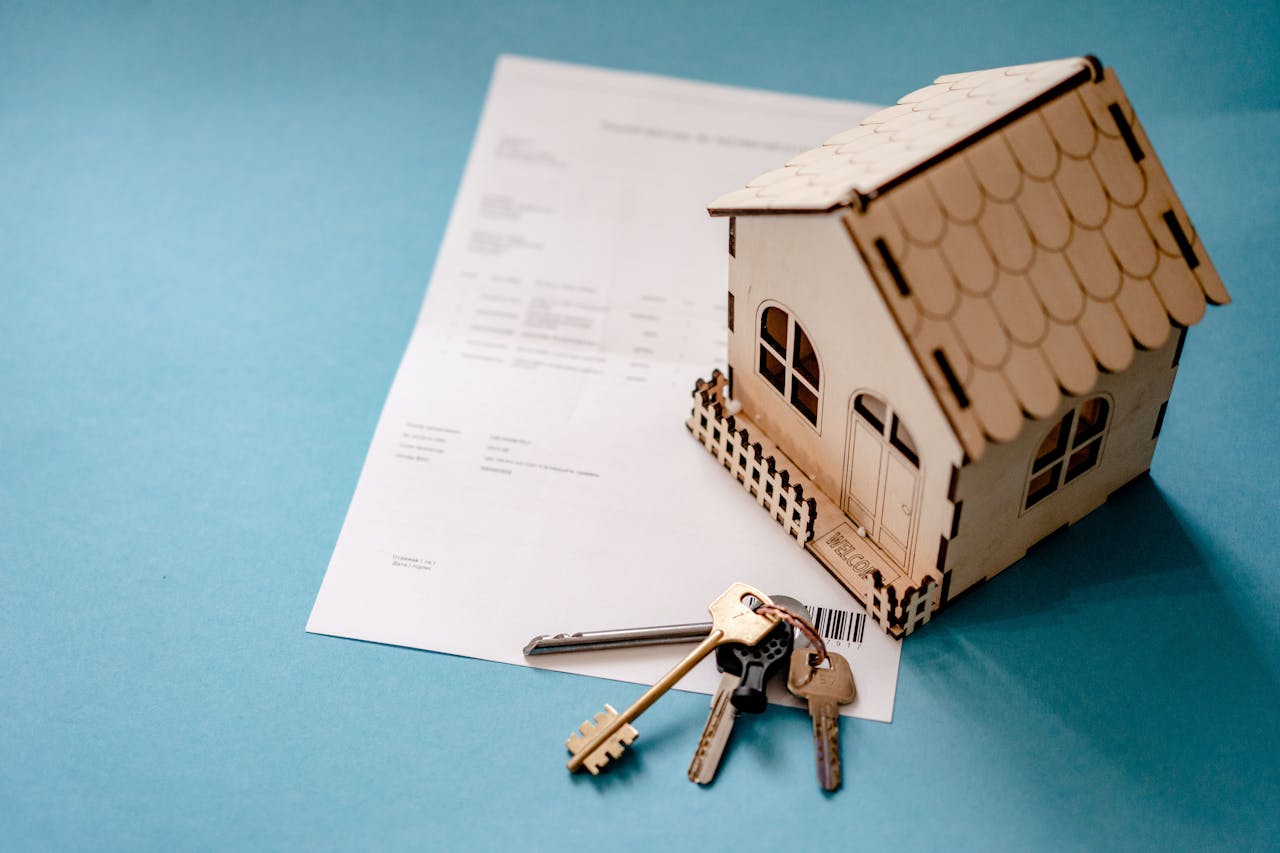Refinance Now or Miss Out on Big Savings
Refinancing can be a smart move when interest rates fall or your financial needs change. By moving your existing mortgage into a new loan you may lower your monthly repayments unlock equity or consolidate debt. Before you proceed it’s important to understand the costs involved so you can compare potential savings against upfront expenses.
Why Refinance?
Refinance can help you:
- obtain a lower interest rate and save on interest over the life of the loan
- access equity for home renovations education or investment
- change loan features such as switching between fixed or variable rates or adding an offset account
- consolidate high interest debts into your home loan for simpler management
The Typical Costs to Factor In
When weighing a refinance decision consider these common fees:
- Loan application fee – charged by the lender to process your new loan. This fee can range from $150 to $995. Some lenders may waive this fee if you opt into a package loan.
- Valuation fee – paid to a valuer who assesses your property’s current market value. Depends on the type of your property, it typically ranges from $300 to $600. Most lenders provide a free valuation and some may cover the first valuation up to a certain amount.
- Break cost – applies if you fix your rate and then refinance before the fixed period ends.
- Legal and settlement fees – cover conveyancing or title transfer services. It can range from $15 to $1000.
- Government fees – such as mortgage registration and title search charges.
- Discharge fee – charged by your current lender to close out the old loan, typically $300 to $400
- LMI – If your refinance amount exceeds 80% of your property’s value, you’ll need to pay Lenders Mortgage Insurance (LMI). The cost will vary based on the loan size and the available equity in your home.
If you’re wondering how much to budget for refinancing, a simple home loan switch (excluding LMI and fixed-rate break costs) usually ranges from about $1,000 to $1,500. However, the actual costs can vary based on your current and new loan arrangements, the complexity of the process, and the state you live in.
Example Saving
On a $ 500 000 loan over 25 years reducing the rate from 5.5 percent to 5 percent can make a big difference. Monthly repayments (principal and interest) fall from about $ 3 070 to $ 2 923 saving roughly $ 147 each month. Over the full term you pay around $ 44 246 less in interest. Even a small rate reduction can make a significant difference, so it’s a smart move to invest a few hours in the process.
Balancing Costs and Savings
A lower rate can deliver significant monthly savings but you need to recover upfront costs before seeing a net benefit. As a guide calculate your break even period by dividing total refinance costs by expected monthly savings. If you plan to stay in your home beyond that period refinancing is often worthwhile.
Tips for a Smooth Refinance
- Shop around and compare interest rates and fee waivers across lenders
- Ask about fee rebates or cashback offers some lenders will reimburse certain costs
- Check your credit score a clean record can help you get better terms
- Talk to a mortgage specialist who can help you find the most cost effective solution
Ready to Explore Your Options?
If you’d like to see what you could save or need help weighing up the costs.


